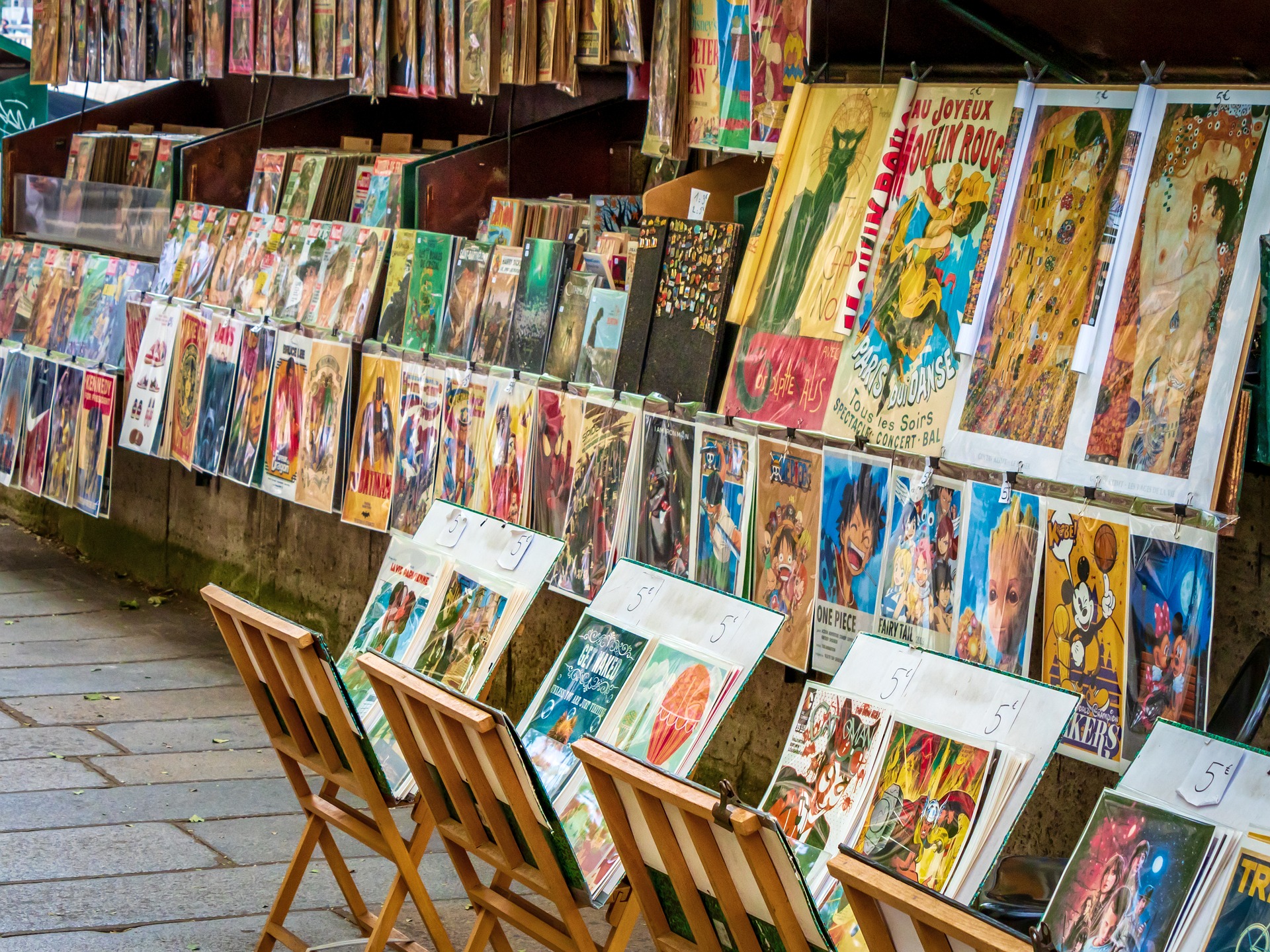The Rising Popularity of Folk Art in the Age of Digitization
The American art landscape is undergoing a significant transformation marked by an unexpected resurgence in one of the most revelations—folk art. In this digital age, where virtual influences are at their peak, an increased interest in a genre often seen as "unpolished" or "primitive" may seem surprising. This article delves into this growing fascination for folk art and explores the reasons behind its renewed popularity.
A Return to Roots
The essence of folk art lies in its organic connection with everyday life. Being derived from common culture and social practices, the genre is a stark contrast to digital mediums that dominate today’s art scene. It’s the intimate and personal quality of folk art that seems appealing to Americans. The relationship between the artist, the work, and the viewer is unfiltered, devoid of digital noise and distraction.
A Reflection of Cultural Identity
With the culture-transcending nature of today’s digital world, many feel a loss of connection with their own cultural roots. But folk art provides this connection, telling tales of cultural heritage and history through strokes and colors. It’s this nostalgic narrative that resonates with audiences, reviving interest in the genre.
The Charm of Simplicity
In an era when technology favors complexity, the simple charm of folk art stands out. Its raw aesthetics, representing traditional craft techniques and often narrating local tales, offer a refreshing departure from the intricacies of digital mediums. This simplicity is not just about aesthetic appeal, but a call towards a more unpretentious form of expression.
A Trend Beyond Museums
The trend of folk art is not confined to museums or galleries. It is making its way into various aspects of modern living—from interior design and fashion to graphic design and illustration. The feeling of comfort and connection that folk art evokes is seeing a great demand in various industries, confirming its spot in the contemporary arts scene.
Impacting the Art Market
As the demand for folk art increases, it’s also leading to inevitable changes in the art market. Galleries and auction houses are seeing greater interest and investment in folk art, reflecting its growing acceptance and prestige. This, in addition to increasing support for indigenous artists, is bringing a significant shift in the allocation of economic resources within the arts industry.
- Folk art often has a local flair, representing the culture and social practices of a specific region or community.
- It plays a crucial role in preserving cultural heritage and narratives that may otherwise get lost in time.
- The simplicity and raw aesthetic of folk art make it stand out in contrast to the sophistication of digital art mediums.
- Folk art is not just popular in the traditional art space, but it also influences modern industries like graphic design, illustration, fashion, and interior décor.
In this era of technological advancement, the revival of folk art signifies a longing to return to simpler times. It’s a testament to the timeless appeal of storytelling, human connections, and indigenous cultures. As we continue to navigate the digital age, the trend of folk art serves as an essential reminder of the authenticity that lies in roots and simplicity.





